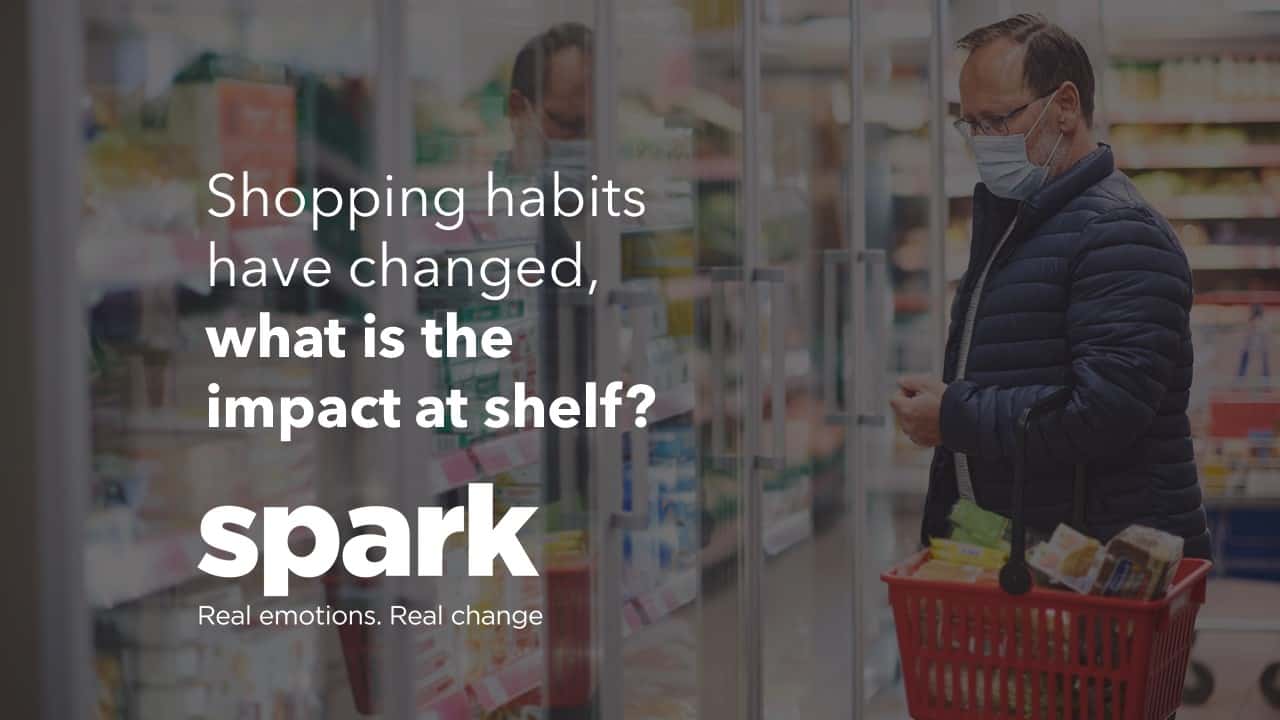When I was asked to write a piece on some of the changes to shopping habits around the world and how that translates to changes in behaviour at shelf, my immediate thought was ‘I don’t actually know’.
Well, that’s not completely true, I do know how behaviour has changed in some categories and stores we have conducted research (see how we do it here) in over the last few months but that is far from an exhaustive list. And what we saw in those studies is, that in some respects, behaviour has changed quite dramatically, while in others it has hardly changed at all.
In all cases the results have been fascinating but there is no singular answer.
So, I was then faced with the challenge of being a Market Researcher writing an article, posing questions that need answering through Market Research, without it looking look like a pretty transparent sales pitch.
I’ll be honest I may have failed; this may sound like a sales pitch but it’s absolutely true, far too many businesses are making decisions based on yesterday’s insight. Whichever way you look at it, shopping has been more disrupted in the last 12 months than any other time in the last 50 years.
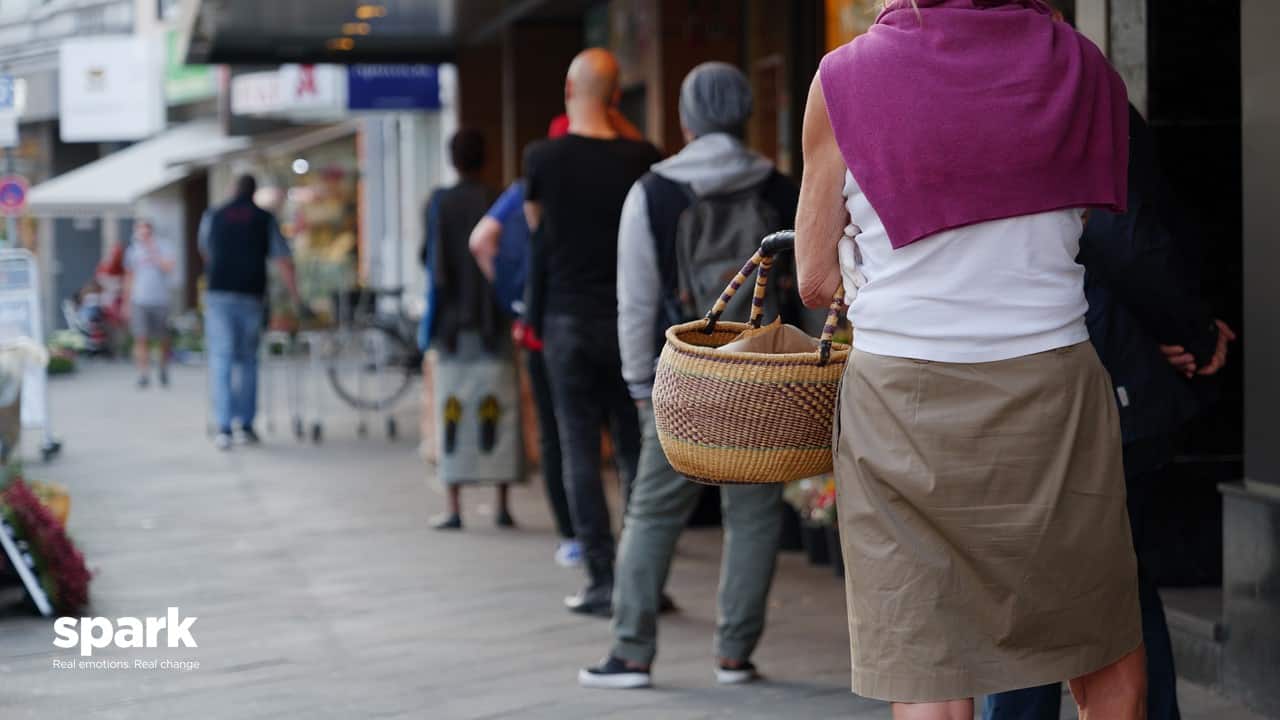
Shopping has changed for everyone
We have all changed our shopping habits to some degree and a recent survey by O2 Business and Retail Economics revealed that 44 per cent claim the changes they have made will be permanent. I believe that we will all make permanent changes to some degree, even if only sub consciously.
Without a genuine understanding of exactly how our changed shopping habits have impacted behaviour in-store, we are left making decisions based on guesswork rather than insight.
Thankfully however, based on the conversations we are having both with our clients and our peers in other agencies, I think there is a realisation that this is the case, and we need to understand the impact on our shoppers behaviour to succeed in 2021 and beyond.
So, instead of being just my own take, I thought I would highlight some of the topics we have been discussing with our clients over the last few weeks.
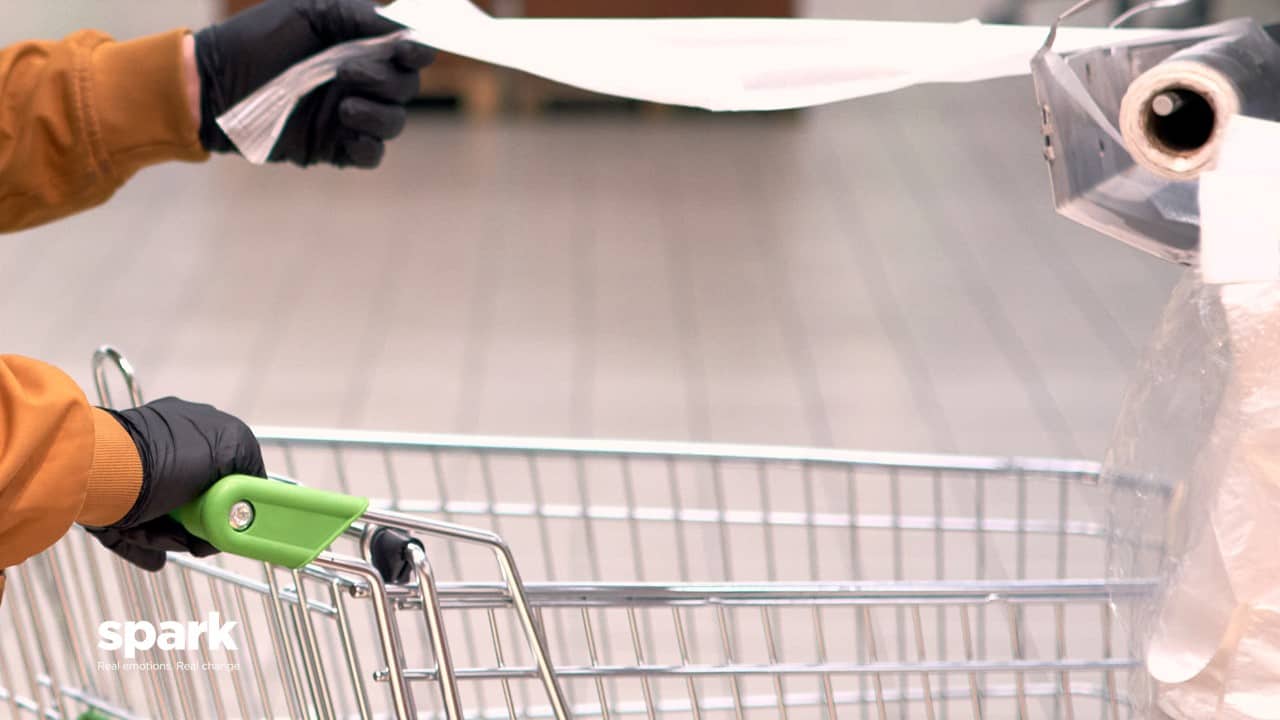
Covid-19 restrictions
The obvious place to start. Although restrictions have fluctuated, mask wearing, one-way systems and social distancing have been a part of our shopping life for almost a year now.
One impact we know these restrictions have had is that shopping trips are shorter. Shoppers are moving more quickly, perhaps conscious of holding up fellow shoppers or getting too close in what can still be a crowded shopping aisle. But does this mean we are browsing less and making decisions faster? Or simply missing parts of the store and buying less?
Another impact of the restrictions is that we see a lot more people shopping alone, something that has been encouraged in all lockdowns. With the social and enjoyment factor from a relaxed browsing shopping removed, shoppers are more task focussed.
What we don’t know is the impact this has on decision making. No more conferring over what to have for dinner tonight, no more pester power from children in the Cereal aisle. What difference has this made to shoppers brand choices?

Shopping Missions and Planning
Another thing we know for sure is that shoppers are more organised. We saw a big return to the big weekly shop during the first lockdown in 2020 – with Tesco reporting that basket sizes doubled during that time – which is likely to be repeated now at the start of 2021. We also know that shoppers are conducting fewer shopping trips overall.
The shopping trips they are conducting are also becoming more planned.
According to Mckinsey, shopping list usage went up by almost 25% in the UK in 2020 and more than doubled in Germany. The increased planning was predominantly to a category, rather than brand level, with many shoppers writing their list in the order the categories appeared in store to help facilitate a quicker, one way shop.
If this continues to be the case what does it mean for impulse categories in the future?

Channel choice
We all know about the well documented and seismic shift to online shopping in 2020, which peaked at a third of all retail spend in the UK in May 2020 according to the ONS. Although this share has since reduced, the ongoing closure of non-essential physical retail means that online will continue to grow at a substantial rate.
We discussed in a previous article about how the accelerated shift to online has caught many brands and retailers on the hop and this remains a critical challenge for many in 2021.
But within physical retail as well we have seen a shift in channel usage. The closure of so many stores means that shoppers are now looking for beauty products in a supermarket or a shopping for detergent in a garden centre. How do shoppers locate and select familiar products in an unfamiliar environment?
One positive we have seen is a shift to smaller, local stores. Another study by McKinsey found that 46% of shoppers in the US had started to shop in smaller neighbourhood stores. But how does the reduced range in such stores impact our product choice?
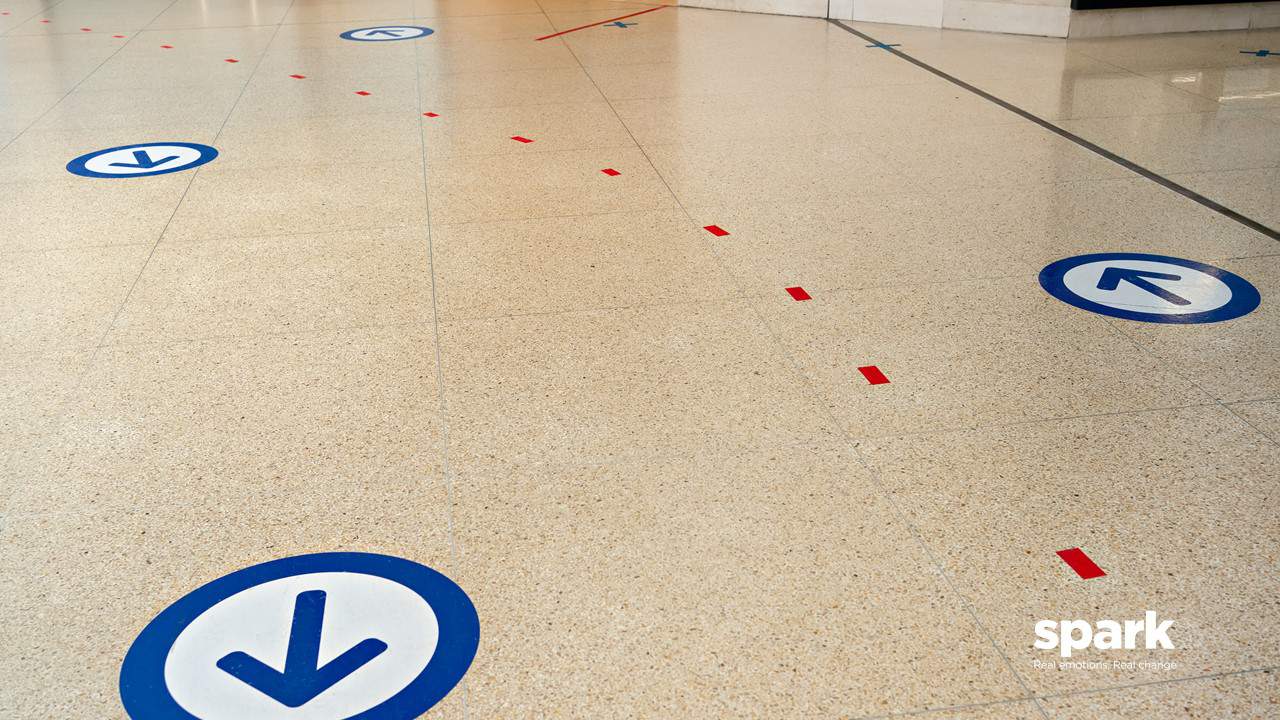
The forced switch to System 2
It has been widely accepted for years that the majority of grocery shopping was more about replenishment than what we would truly call shopping i.e. active decision making.
More than 60% of purchases during a trip were what we know as grab and go – fast, automatic, often pre planned (even if not written down), sub conscious, habitual purchasing.
This System 1 behaviour dominated grocery shopping.
However, the events of 2020 and now 2021 mean that shoppers have had to start shopping in System 2 – slow, more conscious and deliberate decision making.
One way systems mean we have to shift out of autopilot to ensure we don’t miss a category when we can’t turn back.
And at a brand level the out of stocks we saw due to panic buying in 2020 – and now in some cases due to supply issues in 2021 – mean that shoppers not only have to slow down, but they also have to stop completely and revaluate a product choice that they may have been making automatically for many years.
Shopper Intelligence reported that 44% of shoppers were unable to get the brand they wanted during the first lockdown in 2020 and switched to a new product.
What decisions are shoppers making in these situations? Have they formed new brand habits or broadened their repertoire? How quickly are old habits broken or new shopping habits formed in-store?
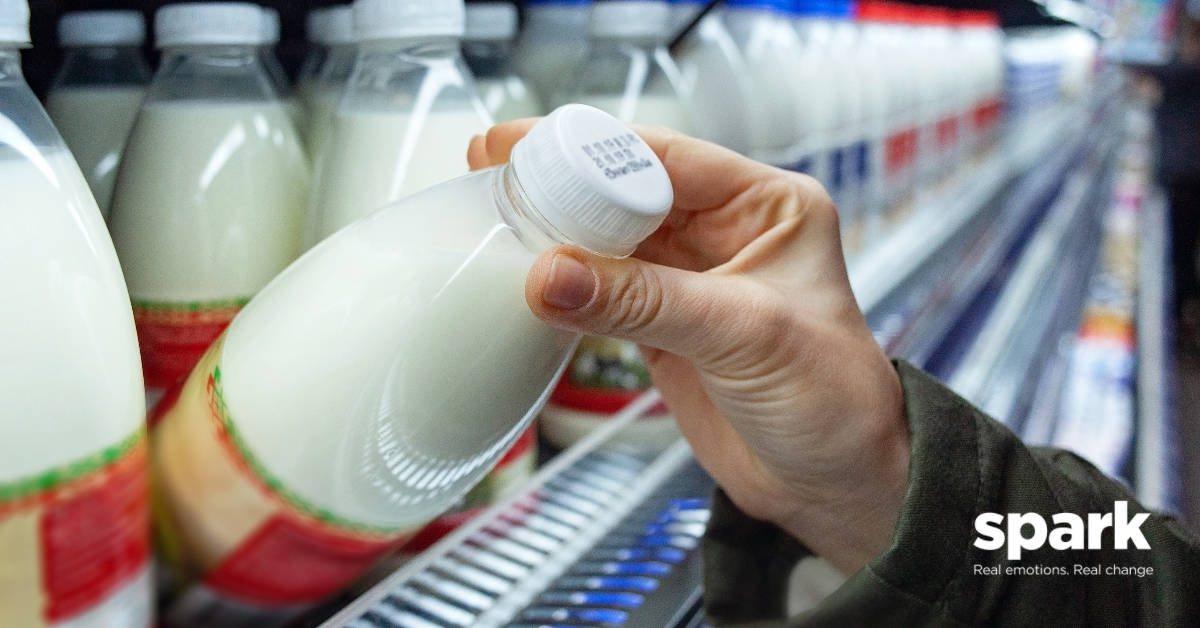
Brand choice
It’s not just temporary out of stocks that have influenced brand choice.
Ranges are continually being rationalised. There are now 13,724 fewer product lines in the top six supermarkets than there were in March 2020, a net fall of 9%.
In times of recession, shoppers have historically looked to established big brands for trust and this was still evident in 2020 but we also saw growth for own label and smaller brands.
In the US 36% of shoppers tried a new brand last year and 25% switched to own label for some products. One thing we do know is that a lot of smaller FMCG brands in the UK had their best year ever in 2020, what drove these shoppers to try a new product?

Impact of health and hygiene on purchase decisions
Health and hygiene became a priority for shoppers like never before during 2020.
In the US 59% of consumers said they are shopping more health consciously according to a study by Accenture and consumer health companies saw a 40% increase in sales of illness prevention and immunity boosting products. In the UK we saw sales of antibacterial products such as Hand Sanitiser increase by over 250% at the start of 2020.
And as the pandemic continues, we have seen numerous cleaning brands use effectiveness against Covid-19 as part of their marketing, how important actually is this, in shoppers decision making process?

What next
Above is just a selection of some of the topics we have been discussing recently, there are many more factors both in and out of store that could be having an impact on our shopping behaviour.
Hopefully, as we move into 2021 we will see a return to a more normal shopping experience but there is no doubt that some shopping habits will remain changed and shopper behaviour will continue to fluctuate in a way it hasn’t for many years.
We are always looking for new insights to bring to our clients, and from that perspective, this is one of the most exciting times in recent memory.
I certainly can’t wait to get working on some of the questions above and if you’re interested in chatting through these points or discussing how we can help you to understand the changes in the shopping habits of your customers, please do get in touch by entering your details below
Get in touch to find out how we can help you understand your shoppers.
 Written by Andy Bromley, Chief Operating Officer at Spark Emotions
Written by Andy Bromley, Chief Operating Officer at Spark Emotions
If you have any questions, feel free to reach out to Andy via email andy.bromley@sparkemotions.com or connect with him on LinkedIn



